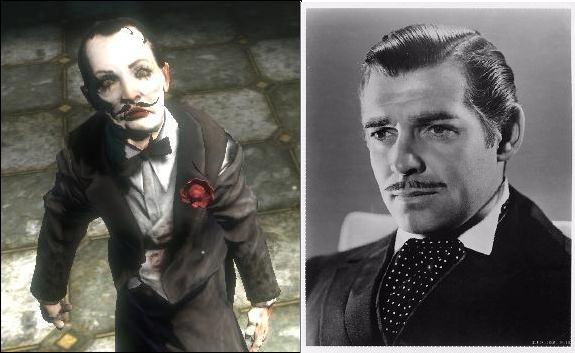 This weeks album is rather a change of pace from weeks past. Eluvium is the brainchild of Matthew Cooper, a multi-talented composer and musician. The Eluvium discography contains a variety of different sounds, from ambient post-rock to neoclassical piano suites. An Accidental Memory in the Case of Death, released in 2004, falls firmly within the latter category.
This weeks album is rather a change of pace from weeks past. Eluvium is the brainchild of Matthew Cooper, a multi-talented composer and musician. The Eluvium discography contains a variety of different sounds, from ambient post-rock to neoclassical piano suites. An Accidental Memory in the Case of Death, released in 2004, falls firmly within the latter category.The album is a relatively brief affair, clocking in at less than a half hour, but (as the platitude goes) good things often come in small packages. The music here is extremely peaceful, with an atmosphere that seems to drift back and forth between sadness and joy. Every track on the album is solid (with the possible exception of "Nepenthe," which seems to grate on my nerves somewhat), but the odd-numbered tracks, in a peculiar coincidence, seem to be a bit better.
The first track, "An Accidental Memory," introduces the album, and reels the listener in with its stirring melody. From there the album moves on to "Genius and Thieves," which maintains the atmosphere established by the first track with its playful yet somewhat sad tune. "Perfect Neglect in a Field of Statues," one of the best pieces on the album is next, followed by "Nepenthe" which, though I don't enjoy it as much as it's predecessor or it's follower, still maintains the atmospheric flow. "In a Sense," though brief, is an effective, moving composition, indeed one of the best on the album. The longest track is next, entitled "The Well-Meaning Professor." It may also be the most dramatic song, with a more forceful melody. Finally, "An Accidental Memory in the Case of Death" brings the album to a satisfying end, reviving the melody of the introductory track and expanding it into an even more stirring theme. Indeed, this last song may be the best of the lot.
An Accidental Memory in the Case of Death is an album at once relaxing and moving. Listening to it brings to my mind the image of a room with white walls and a an exquisitely polished hardwood floor. One of the walls is dominated by a large bay window, which looks out to a cloudy sky. In the center of the room stands a piano, the source of the music, music so evocative as to be capable of conjuring up such a vivid image. It's just that good.










